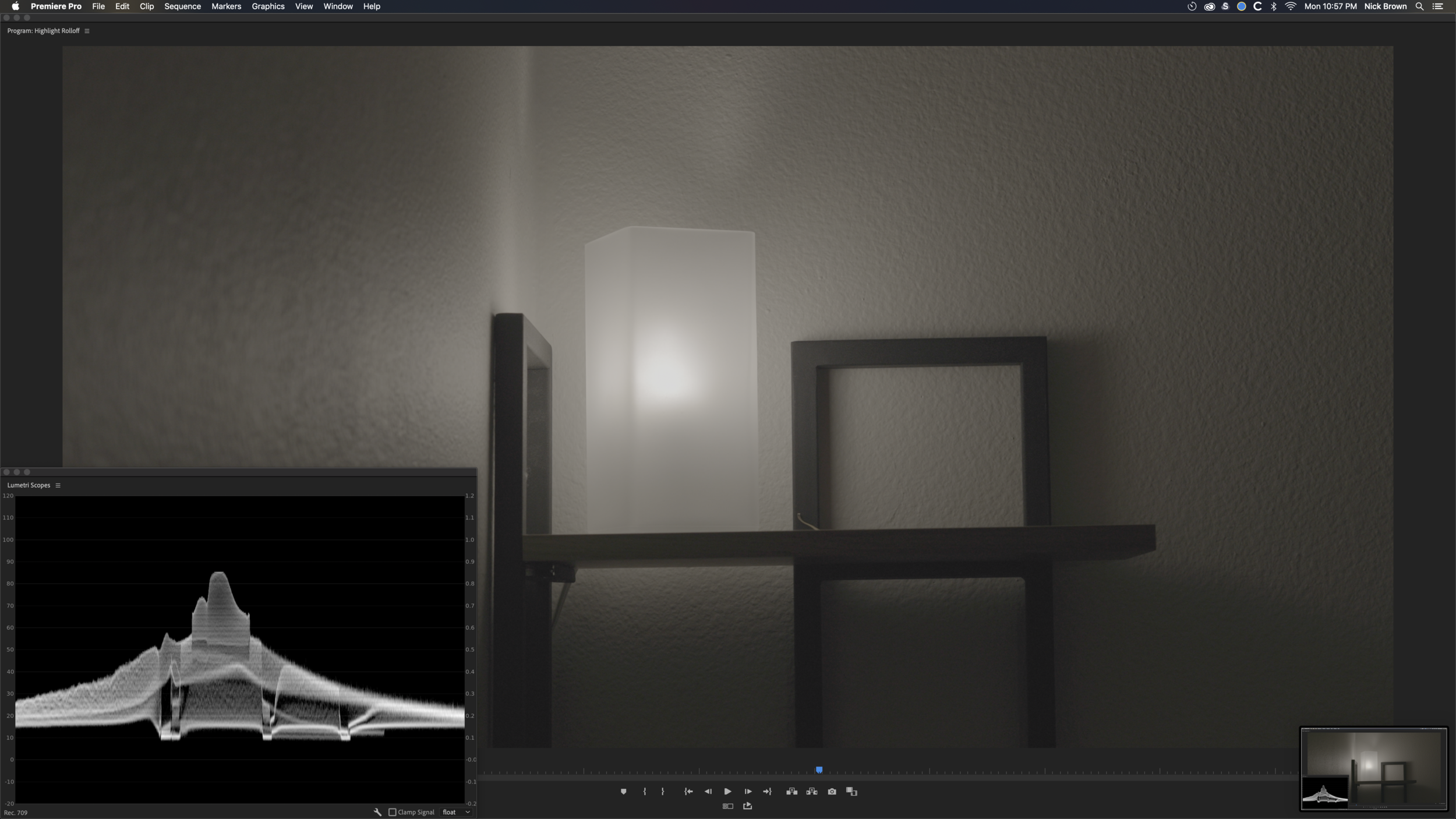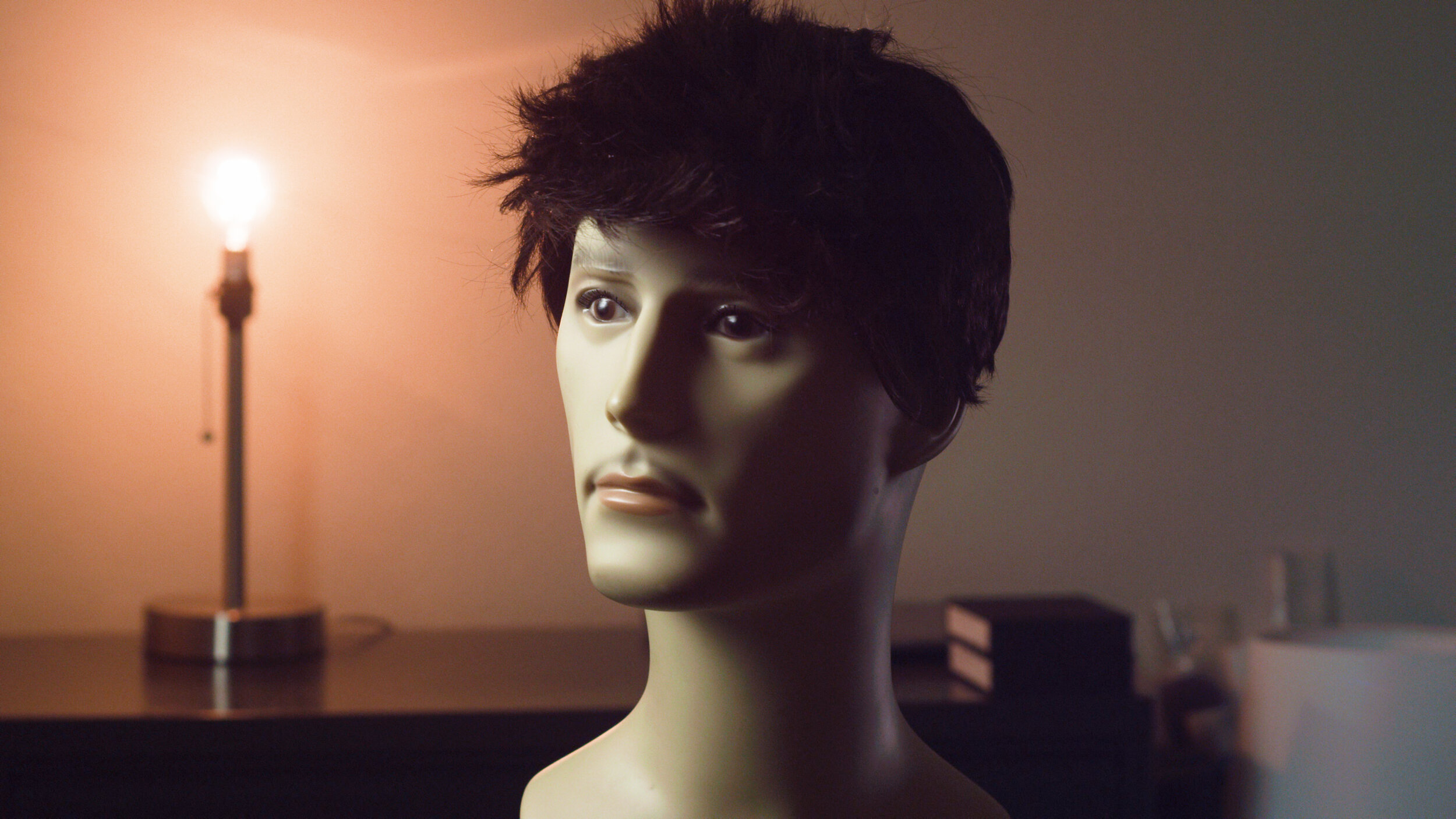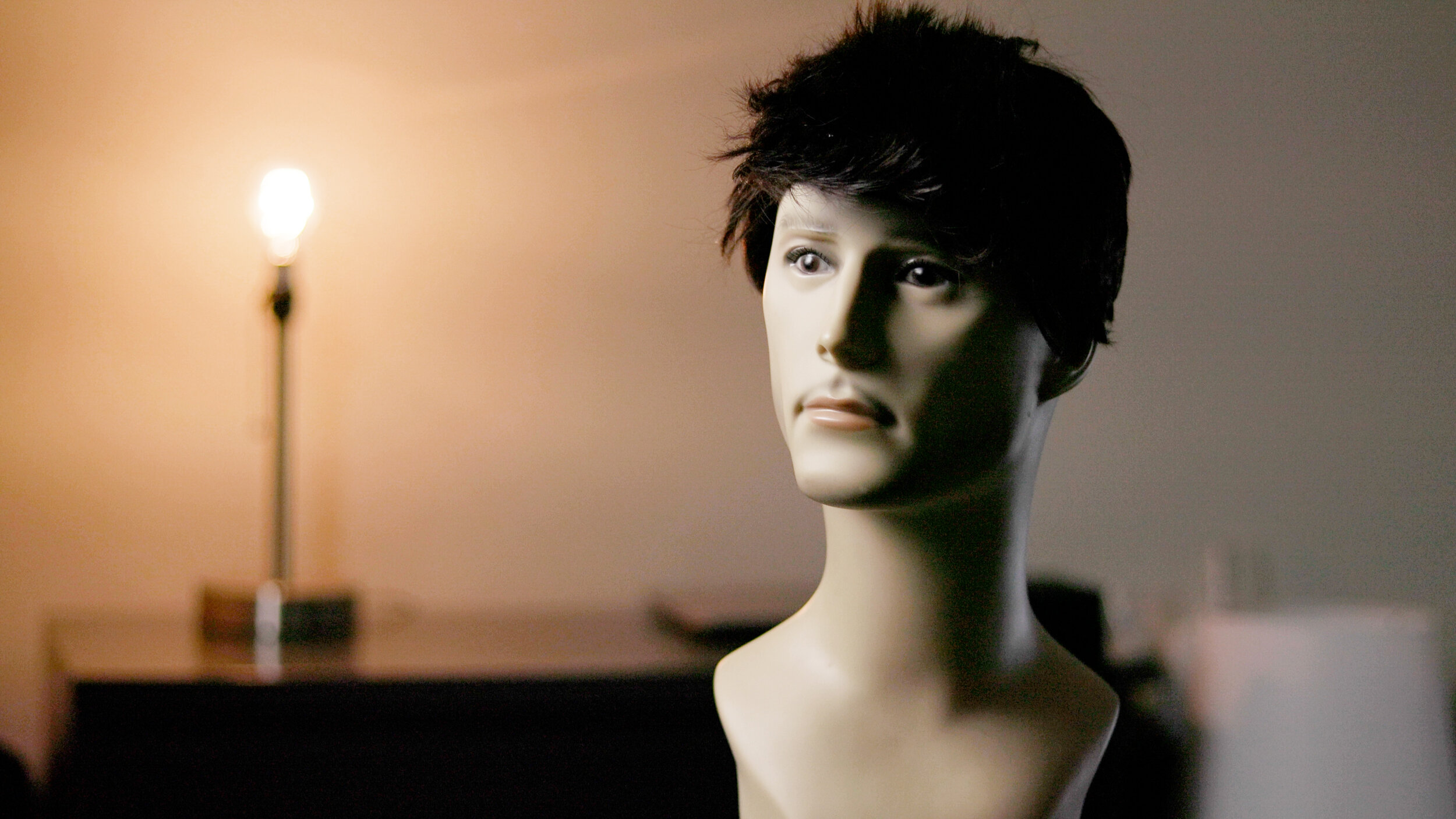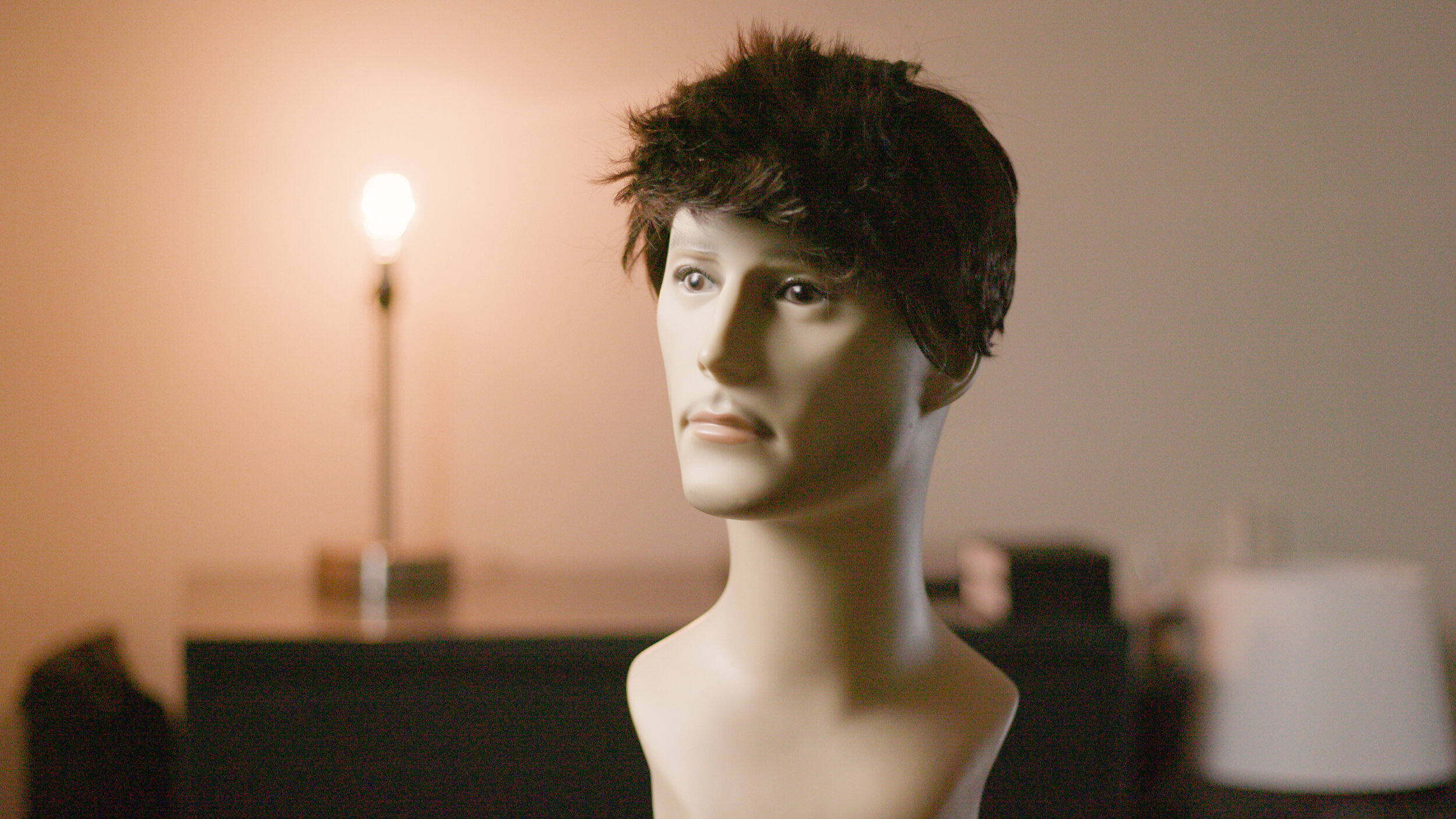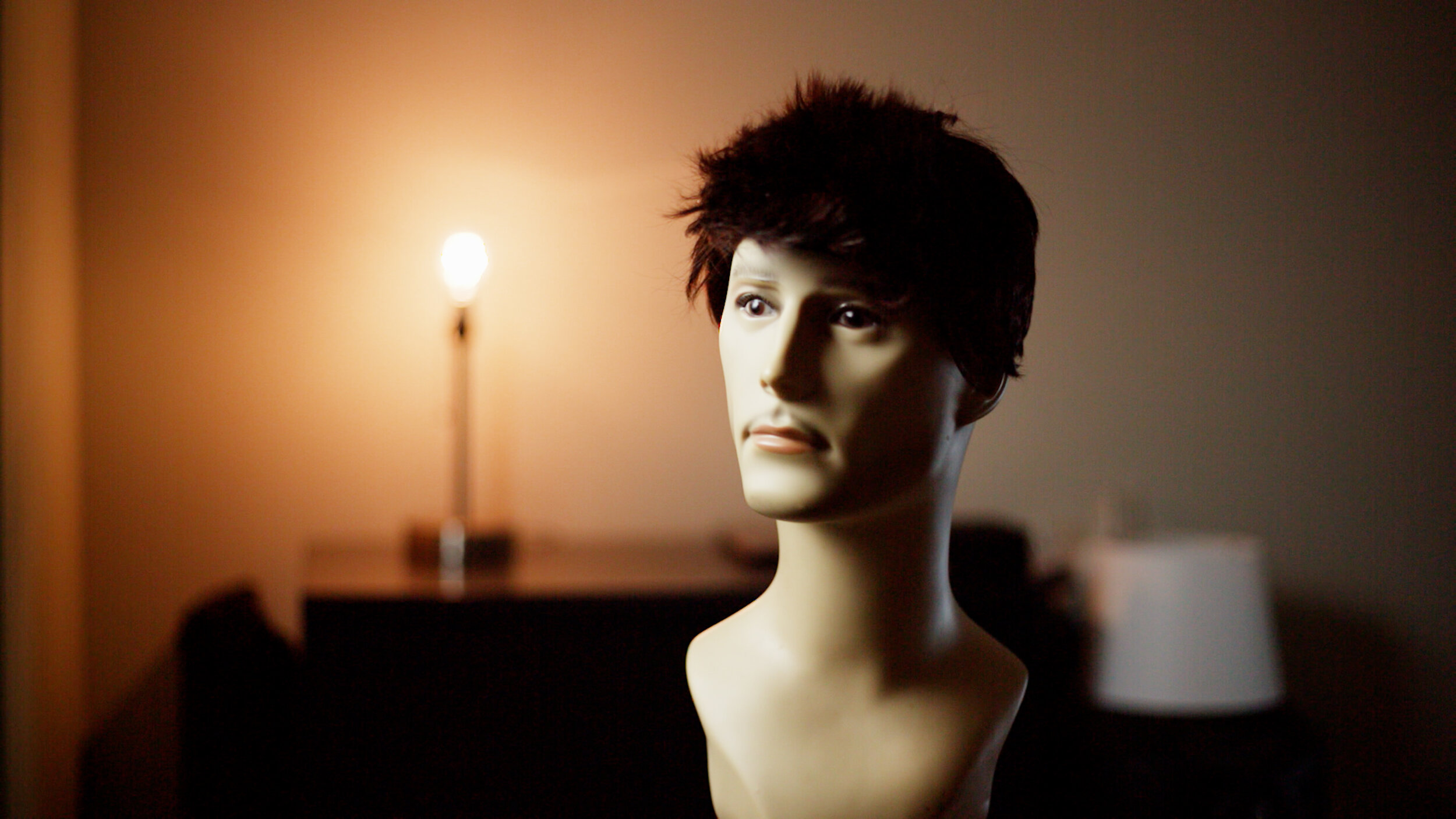Canon C70 - Testing Highlight Roll-Off
For months, I have been hearing about how much worse the highlight rolloff on the Canon C70 and C300iii are when compared to the C200. Here are a few quick test shots. Both cameras are at ISO 800, matched settings, same lens. I exposed the C70 using the zebras set at 85%, which seems to be the clipping point in CLog2, and then matched the settings on the C200 (which might actually be clipping at around 83%).
C70 @ f5.6 - Center of lightbulb highlight is just barely clipping.
C200 @ f5.6
Now let’s add the same C-Log2 to Rec709 LUT to the footage, and try bracketing a stop over this exposure and a stop under to really wrap our heads around the characteristics of the rolloff:
C70 @ f5.6 - Center of lightbulb highlight is just barely clipping.
C70 @ f4
C70 @ f8
C200 @ f5.6 - Center of lightbulb highlight is just barely clipping.
C200 @ f4
C200 @ f8
Based on this test, I’d say that these cameras have almost identical rolloff characteristics. If I really squint and stare at it, it would actually be the C70. It looks just slightly smoother to my eye. But only just barely.
So, why is everyone convinced that Canon’s new DGO sensor isn’t as good at rendering highlights? My theory is that some DPs aren’t clipping their highlights at 85 IRE, either by using the zebras or the nifty new false color feature (it looks to be very useful!).
On the other hand, the C200 shows a waveform that reflects C-Log3 rather than C-Log2 when recording in Canon Raw Lite. From personal experience, I know that I can put the highlights right at the top of the C200’s waveform and still have an extra stop of headroom. Anyone who isn’t doing this is probably protecting their highlights by a full stop, so it makes sense that C200 footage would be a lot less likely to be clipped than C70 footage.
Next, I’ll take a look at autofocus.

